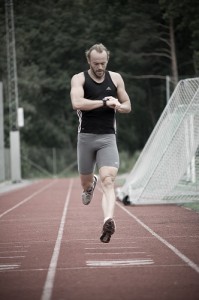
Intervals involve hard runs for short times or distances followed by recovery jogs so it's helpful to have a watch to time each interval. Photo by Michael Lokner.
Until recently, the last time I ran intervals was during track and field practice in high school. I’ve read plenty of articles about interval runs and there are some great folks on Twitter to learn from whose focus is interval training. The last few weeks of my triathlon training plan have included threshold interval work-outs. According to the plan this means to run for three minutes at 5K pace followed by a three minute jog. The first session I repeated this three times and the next three sessions I was to repeat four times. Each interval session begins and ends with a little over a one mile jog which happens to be the distance from my house to the local track, quiet convenient!
The first round of intervals were eye-opening. Even though I’d been preparing my body for speed with strides and tempo runs, attempting to maintain what I thought to be my 5K pace for three minutes was much more challenging than I thought it would be. I’m sure that part of the problem is that I still don’t know my actual 5K pace. My goal pace is 8-minute miles but I have not measured that on the track. I measure my 5K pace by my form, the length of my stride, the little extra push from my arms, and my breathing. I’m so familiar with my 9-minute pace that I feel like I can tell when I’ve pushed past that to something faster and that is what I consider my 5K pace. Continue reading

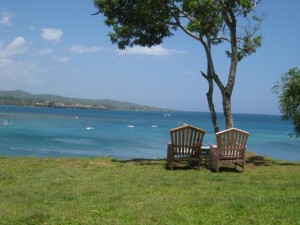 My first open water swim that I would consider as part of my triathlon training was in crystal clear waters in a protected swim area in Jamaica. The second two have been off the beach at Chesapeake Bay Foundation and I hope there are at least two more
My first open water swim that I would consider as part of my triathlon training was in crystal clear waters in a protected swim area in Jamaica. The second two have been off the beach at Chesapeake Bay Foundation and I hope there are at least two more 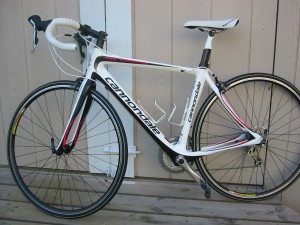 Recently I wrote about the
Recently I wrote about the  I have been running 9-minute miles for as long as I can remember. Every now and then there is a little variation with my slower time hovering around 9:12 which I usually see on runs of 10 miles or longer and my lower end averages 8:54 on my shorter runs. And for as long as I can remember I have been perfectly content with my 9-minute mile pace. Until this spring. After I ran my first marathon and tacked some other races onto my spring and summer schedule I got my head wrapped around the idea that I wanted to
I have been running 9-minute miles for as long as I can remember. Every now and then there is a little variation with my slower time hovering around 9:12 which I usually see on runs of 10 miles or longer and my lower end averages 8:54 on my shorter runs. And for as long as I can remember I have been perfectly content with my 9-minute mile pace. Until this spring. After I ran my first marathon and tacked some other races onto my spring and summer schedule I got my head wrapped around the idea that I wanted to 
 We all know that
We all know that 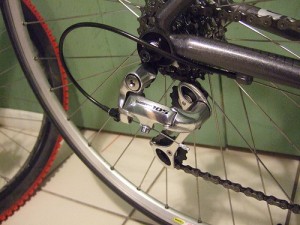
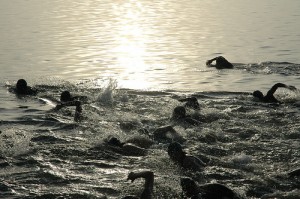
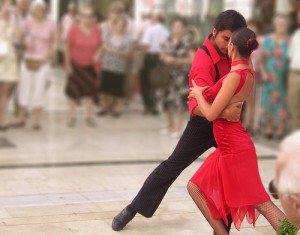
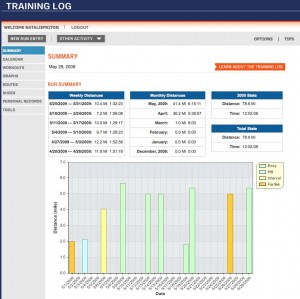 For the last month I have been using the training log on runnersworld.com both to log my work-outs as well as to experiment with one of the many available online training log programs available to athletes. It was a few months ago that I decided I would use and
For the last month I have been using the training log on runnersworld.com both to log my work-outs as well as to experiment with one of the many available online training log programs available to athletes. It was a few months ago that I decided I would use and